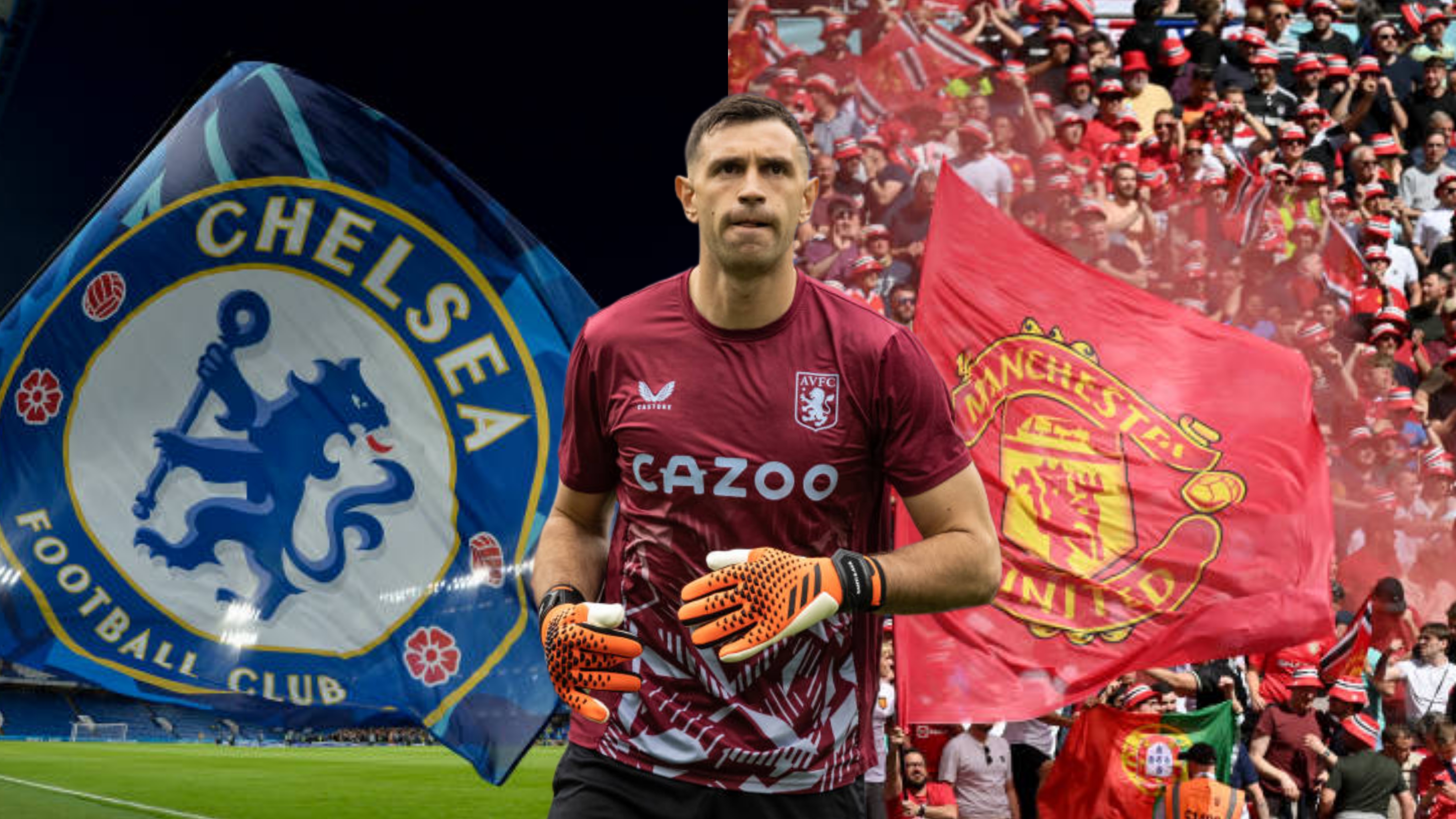Kwanzaa symbols
What is the symbol of Kwanzaa?
Kwanzaa is rich in symbolism, with various elements representing the holiday's principles and cultural heritage. Here are the key symbols of Kwanzaa:
1. Kinara:
The kinara is a candleholder that symbolizes the ancestral roots of African heritage. It holds seven candles, each representing one of the Seven Principles (Nguzo Saba).
2. Mishumaa Saba (Seven Candles):
 |
| Family lighting kinara candles, celebrating Kwanzaa(Image-Getty Images) |
The seven candles, often in the colors of red, green, and black, are called mishumaa saba. They represent the Seven Principles (Nguzo Saba) of Umoja (Unity), Kujichagulia (Self-Determination), Ujima (Collective Work and Responsibility), Ujamaa (Cooperative Economics), Nia (Purpose), Kuumba (Creativity), and Imani (Faith).
3. Mkeka (Straw Mat):
 |
| Jawana Norris, leads a Kwanzaa dance on Monday, Jan. 29, 2008. Today is the fourth day in the seven-day Kwanzaa celebration. Day four, Ujamaa, recognizes cooperative economics.(Image-Getty Images) |
The mkeka is a straw mat that symbolizes the foundation upon which communities build their traditions and shared values. It is placed on the Kwanzaa table and serves as a base for the other symbols.
4. Vibunzi (Ears of Corn):
Vibunzi, representing fertility and the harvest, are ears of corn placed on the Kwanzaa table. The number of ears, usually one for each child in the family, signifies growth, continuity, and the potential of the next generation.
5. Muhindi (Corn):

Grilled corn with spices and herbs(Image-Getty Images)
Muhindi, a single ear of corn, is often placed on the table to represent the collective labor and unity of the family. It reinforces the importance of working together for common goals.
6. Zawadi (Gifts):
Zawadi are symbolic gifts exchanged among family members during Kwanzaa. These gifts represent the mutual love and commitments that strengthen family bonds. They may also include educational or culturally significant items.
7. Kikombe Cha Umoja (Unity Cup):

Kwanzaa celebration, African American family holding the unity cup next to the kinara together at home(Image-Getty Images)
The Unity Cup is used during the Kwanzaa ceremony for the pouring of libations. It symbolizes unity, and the act of pouring and sharing from the cup represents the common origin and destiny of African people.
8. Bendera (Flag):
The Bendera, often featuring the colors black, red, and green, represents the African liberation flag. It serves as a visual reminder of the African diaspora's struggles and the unity of people of African descent.
These symbols collectively create a visually rich and meaningful tableau on the Kwanzaa table. They serve as reminders of cultural heritage, community values, and the principles that guide the celebration, fostering a sense of unity, purpose, and creativity among participants.








